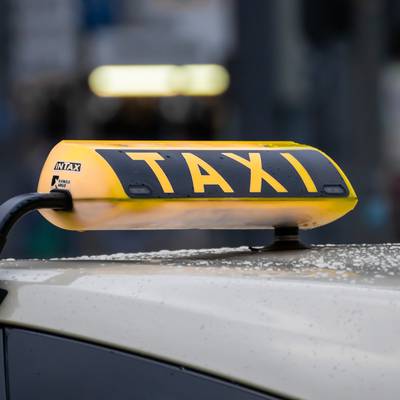
How do I get around in Portugal?
To get to the Azores or Madeira from the mainland, you’ll have to take a plane or a boat. Here you can find info on ferries to Madeira and the Azores. Continental Portugal, however, is not a large country and you can get almost everywhere easily and efficiently by public transport. Let’s take a closer look at the means of transportation.
Pros: comfortable, fast, a currently developing service.
Cons: still pretty uncommon in Portugal (and in Europe in general) so it’s not easy to find this service, hard to use outside of Lisbon and Porto, pretty expensive
Train. Comboios de Portugal operates all trains.
Pros: efficient and modern, good value fares, there are some highly picturesque lines in the north that are among the country’s best attractions.
Cons: long lines at the ticket offices, rural train stations can sometimes be a fair way from the town or village they serve.
Bus. The key bus operators are Rede Expressos, Rodonorte in the north, Rodotejo in the Ribatejo, Rodoviária do Alentejo in the Alentejo and, in the Algarve, EVA and Frota Azul.
Pros: connects almost all of the country’s towns and villages with services operated by a wide array of private companies, good value fares
Cons: can be a little confusing at times (e.g. buses going to the same destination may leave from different terminals), you should book your tickets in advance to avoid hassle.
Taxi
Pros: relatively cheap by European standards, safe, reliable.
Cons: fares are higher at night, it’s hard to just hail a taxi on the street (you have to call and order one).
Within cities, bike is also a popular way of getting around.
Pros: dedicated bike paths in big cities, easy to rent, pretty cheap.
Cons: reflective clothing is recommended, drivers usually ignore the road signs - you have to be careful, physically tough as Portugal is quite hilly.

מהם ההגבלות הקשורות לצריכת אלכוהול?

איזה סוג של מתאם אני זקוק לחשמל?

מהן המשקאות האלכוהוליים שכדאי לנסות בזמן השהייה בפורטוגל?

אפשר לשתות מים מהברז בפורטוגל?

מה לעשות בפורטוגל?

 איך להגיע לפורטוגל?
איך להגיע לפורטוגל?
 כיצד להגיע ליסבון מנמל התעופה?
כיצד להגיע ליסבון מנמל התעופה?
 איך אני משכיר מכונית בפורטוגל?
איך אני משכיר מכונית בפורטוגל?
 מה יש לי צורך לדעת על נהיגה בפורטוגל?
מה יש לי צורך לדעת על נהיגה בפורטוגל?